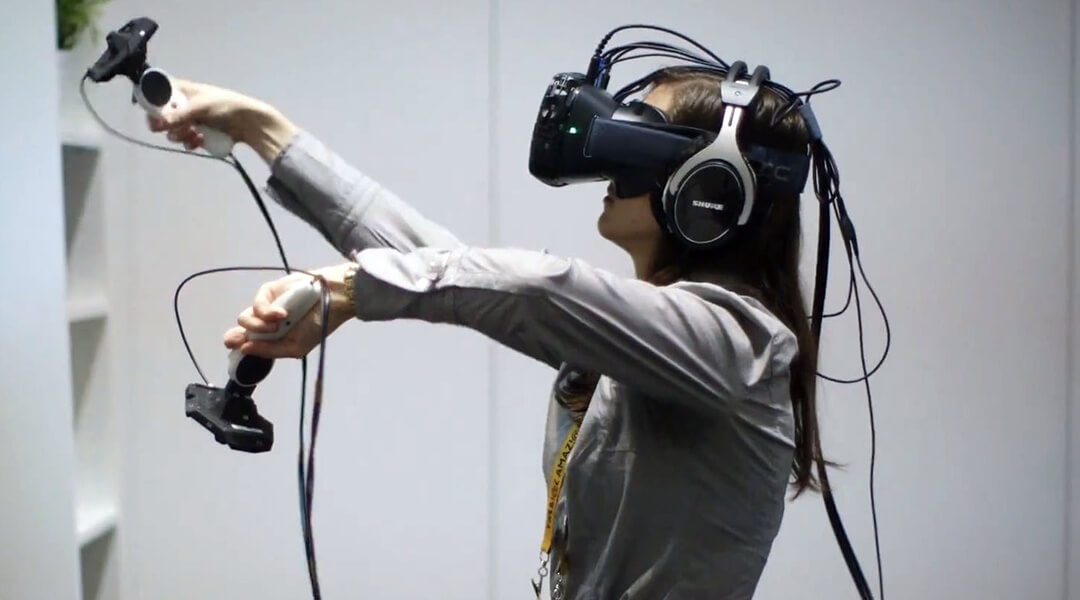
Here's How To Make Your HTC Vive Wireless
By Fergus O'Sullivan 04 January 2017
VR gamers can roam freely from spring onward after HTC reveals its wireless accessories for the Vive at this year’s Consumer Electronics Show in Las Vegas.
HTC announced several new accessories for their HTC Vive VR headset during a press event at the Las Vegas Consumer Electronics Show, including an audio enhancer and a tracking system. The biggest reveal, however, was reserved for an upgrade that will make the HTC Vive wireless, which is a very welcome feature to many VR gamers.
Even the biggest VR fans will have to admit to one drawback of all headsets: the wires. They are cumbersome, heavy, and for some reason seem to tangle beyond belief no matter how carefully the device is put away. According to Unlocked, TPCAST – one of the companies in HTC’s incubator – designed an upgrade to the HTC Vive which will allow users to fully explore their entire VR world without getting tangled up in a mess of wires.
The upgrade will, of course, be battery-powered and should give users about two hours of play time. However, it’s unclear as of yet whether there will be more powerful options available as well. Pre-orders will be possible at some point during this year’s first quarter, with deliveries starting during the second quarter. The upgrade will set buyers back $249, which makes it a pretty pricey accessory considering the HTC Vive already has a price point of $800.

Then again, many HTC Vive fans will likely be happy to pay that much since it unshackles them from those pesky wires. The ability to freely wander anywhere within the Vive’s catchment area will enhance play greatly, especially when combined with the other two upgrades announced at CES. The new audio band will improve sound quality, while the new tracker can be attached to peripherals like baseball bats and mitts, so they can be more easily tracked in VR.
Though not the rumored Vive 2 which set hearts aflutter a few days ago before being roundly denied by HTC, these three accessories should improve the Vive’s position in relation to its newly arrived competitor PlayStation VR. Though the HTC Vive performed very well against the Oculus Rift when it came out in April 2016, it was in turn overtaken as market leader by Sony six months later. Being the first wireless headset should allow the Vive to regain some of its lost VR market share.
The new upgrade will not just raise HTC stock prices but also the spirits of players who will now be able to play any of the best VR games without feeling that annoying pull on their head as the wire hits its full length. It will be interesting to see how developers play into the new range of movement, by perhaps even incorporating more athletic activities into their games.
The HTC Vive is available now, and the wireless upgrade will be on the market in spring 2017.
